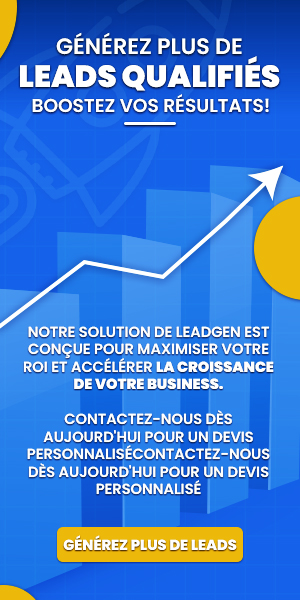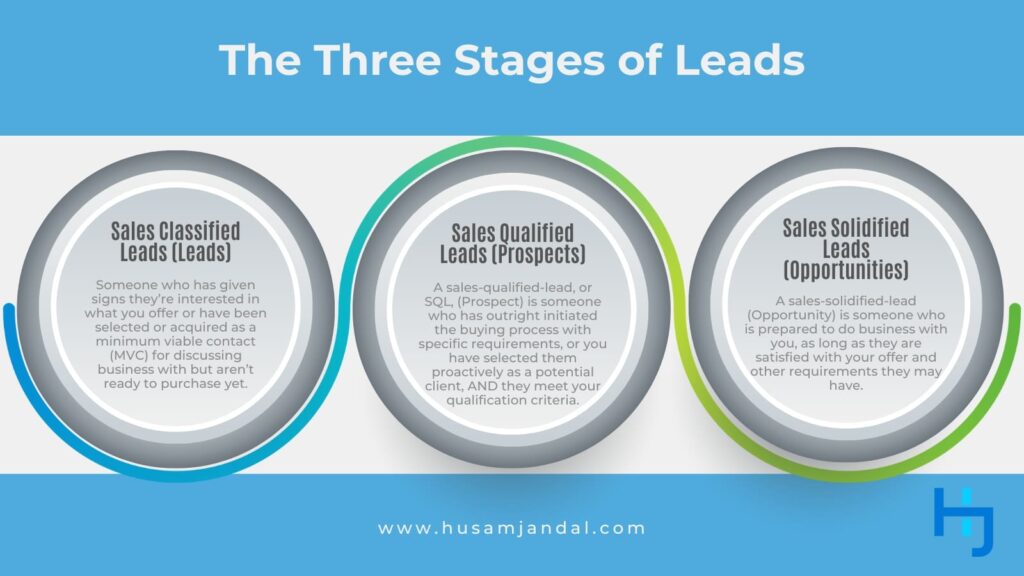THE lead lifecycle constitutes a fundamental element for any marketing strategy effective. By allowing each step to be followed, from lead generation to the final conversion, this cycle offers a clear vision of the customer journey. This not only promotes process optimization, but also better lead attribution to sales teams. Understanding the different phases of the cycle makes it possible to segment the target audience, improve conversion rate and adjust strategies based on prospect behavior. So, mastering this key aspect can truly revolutionize a company’s marketing approach.
THE lead lifecycle is an essential concept that describes the different stages through which a lead goes, from its generation to its conversion into a customer. Understanding and mastering this cycle can revolutionize your marketing strategy and significantly improve the conversion rate of your prospects.
The first stage of the life cycle is lead generation. This involves marketing efforts to attract the attention of potential customers. Strategies such as content marketing, L’inbound marketing and social media campaigns are often implemented to create a striking presence. This helps capture the interest of prospects, encouraging them to interact with your brand.
Once you have generated leads, they enter the phase of nurturing, or maintenance. At this stage, it is crucial to maintain constant engagement with prospects. This can be achieved through targeted emails, webinars or case studies that meet their specific needs. THE marketing automation tools can also be used to segment leads based on their behavior and personalize their interactions. This promotes a deeper connection and increases the chances of conversion.
THE lead scoring is another key step in optimizing the sales process. This method allows you to qualify leads based on their potential to become paying customers. By assigning scores based on criteria such as content engagement and interaction history, sales teams can prioritize their efforts on the most promising prospects. This avoids wasting time with leads who are not ready to buy.
When leads show signs of high interest, they move on to the stage of conversion. At this stage, it is essential to have a sales strategy refined. Ensuring excellent communication between marketing and sales teams is essential to maximizing conversion potential. It is also necessary to closely monitor the customer journey in order to identify blocking points in the purchasing process. Applying feedback on these interactions is essential to improve the conversion process.
At the same time, the analysis of lead generation metrics plays a key role in knowing what works and what needs to be adjusted. By evaluating metrics like engagement rate, customer acquisition cost, and conversion rate, marketers can adapt their strategy in real time, enabling continuous optimization.
Finally, the lead lifecycle doesn’t end with conversion. After a prospect becomes a customer, the next thing to focus on is loyalty and the nurturing existing customers. By maintaining a quality relationship with your customers, you can encourage positive word of mouth and increase opportunities for additional sales.
In short, understanding and optimizing the lead life cycle is an essential lever to transform your marketing strategy. By aligning each step with appropriate actions, you not only maximize the conversion potential of your prospects, but also the satisfaction and loyalty of your customers. It is therefore fundamental to integrate this understanding in a structured way into your marketing plan to reap all the benefits.

FAQ on Lead Lifecycle and its Marketing Strategy Transformation
Why is it important to master the lead lifecycle?
Understanding the lead life cycle allows you to effectively adapt your marketing actions to maximize the conversion rate and improve the management of your prospects.
What are the main stages of the lead life cycle?
The main steps include lead generation, there qualification, there nurturing and the conversion, each having a crucial role in the purchasing process.
How does lead lifecycle influence conversion rate?
Good lead lifecycle management allows you to segment your prospects by engagement level, which makes it easier to personalize messages and, therefore, increases the conversion rate.
What is lead nurturing and why is it crucial?
Lead nurturing involves nurturing relationships with leads at different stages of the lifecycle, keeping your brand top of mind and guiding prospects through to purchase.
What tools can help manage the lead lifecycle?
Tools like CRMs, marketing automation platforms, and data analytics software help track leads and optimize marketing strategies.
How to measure lead lifecycle effectiveness?
Effectiveness can be measured by monitoring conversion rate, of the customer acquisition costs (CAC) and the length of sales cycle, using key performance indicators (KPIs).
Are there risks associated with poor lead lifecycle management?
Yes, poor management can lead to loss of leads, poor allocation of resources and lengthening sales cycles, negatively impacting the growth of the company.
How does lead segmentation contribute to a better marketing strategy?
Lead segmentation allows marketing campaigns to be personalized based on the specific needs of each group, increasing the relevance and effectiveness of messages.













